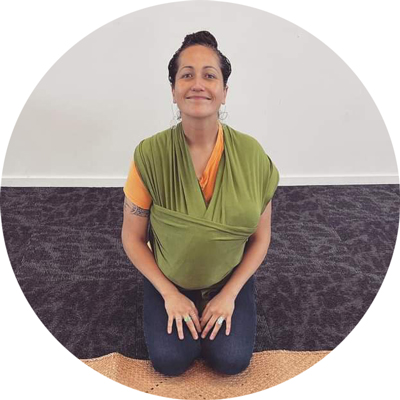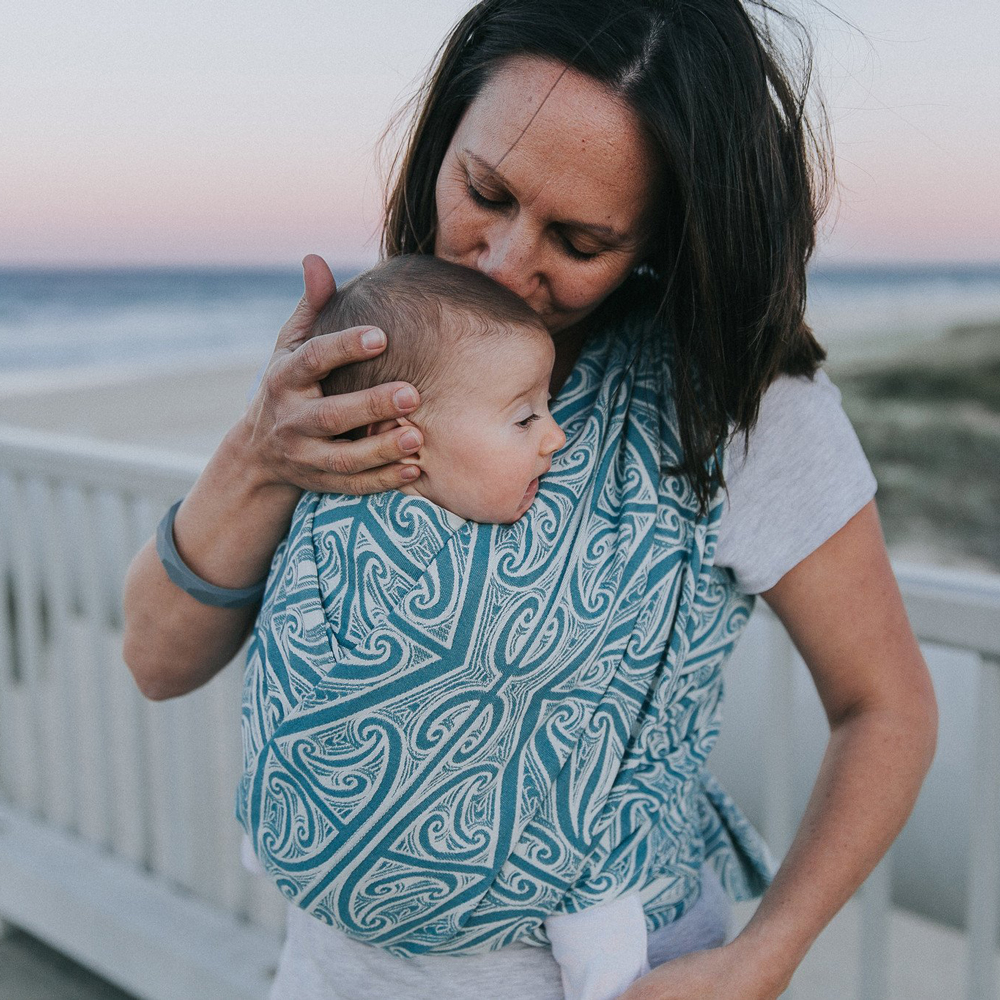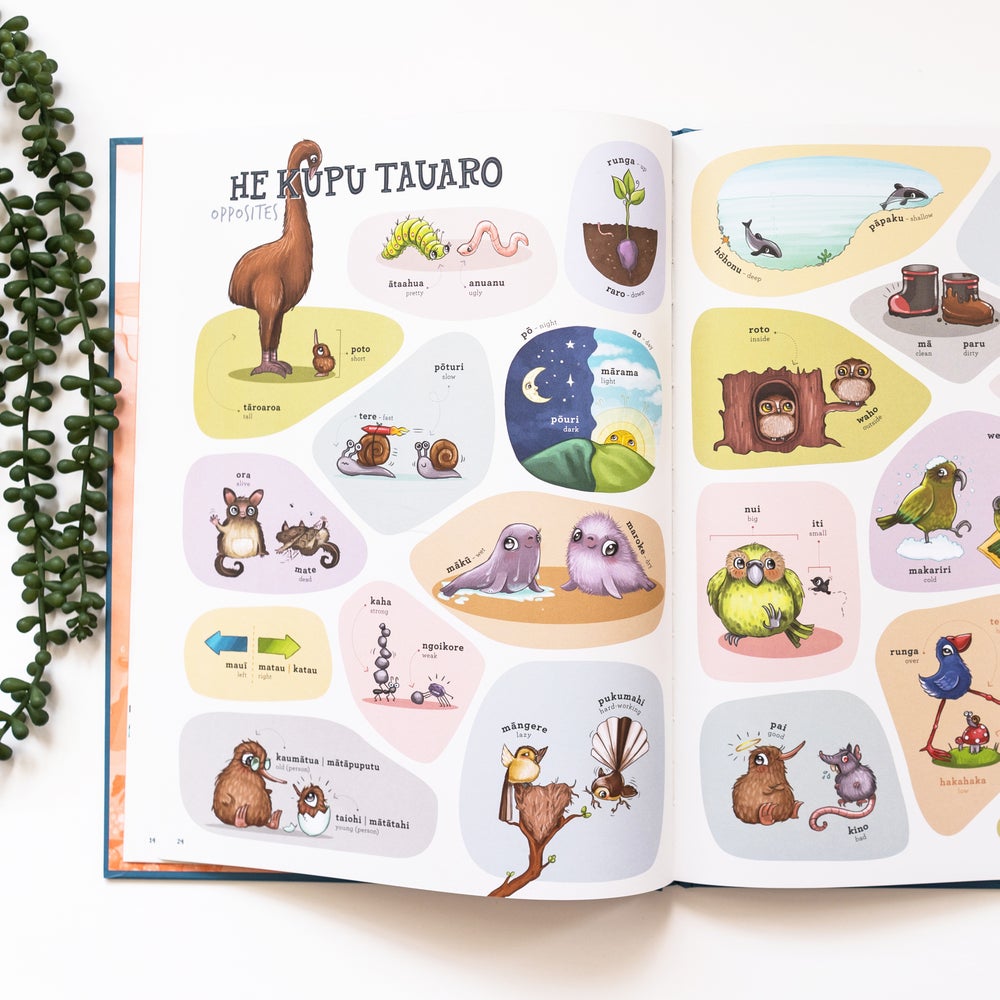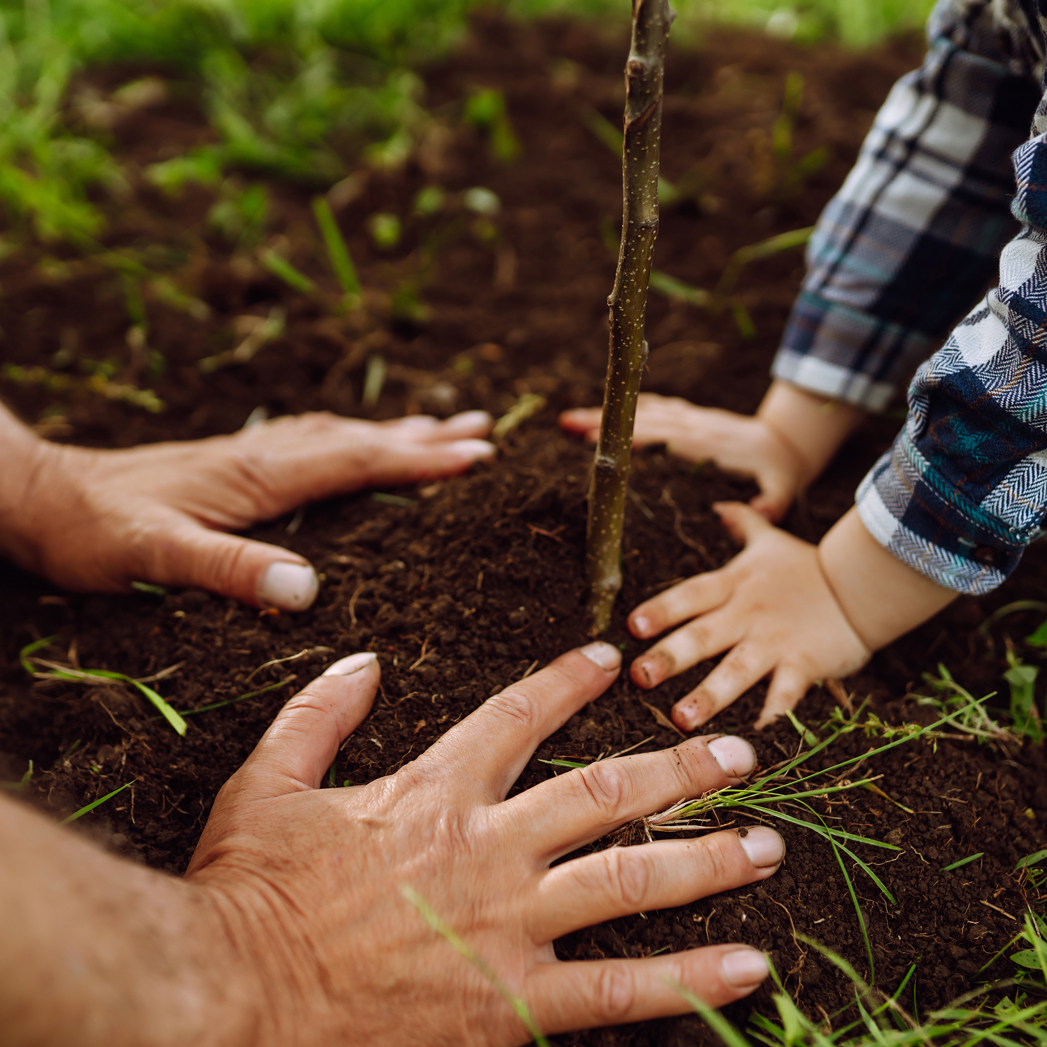Ask Our Experts: Karakia to Recite for Labour and Birth

Midwife and Hapū Wānanga Taranaki facilitator, Tawera Trinder offers her insight.
Q: I’m currently hapū and planning how I can incorporate tikanga into my birth. I’d love to recite karakia but don’t have knowledge or access to any in my whānau. Do you have a karakia that you give to other hapū māmā which I can use please?
Tawera: Kia Ora and congratulations on your hapūtanga/pregnancy. There are many many tikanga you can carry out during your birth. You can do karanga, waiata, karakia, taonga puoro (instruments), use a weaved birthing mat, and have muka tie to secure baby’s umbilical cord.
You can create your own tikanga, such as having pictures of your ancestors surrounding you in the birth room, speaking a Māori word as soon as baby is born such as “Tihei Mauri Ora”, or having a wee celebration kai lifting the tapu (restriction/being sacred due to pregnancy) of being pregnant to a state of noa (free from tapu/restriction), this can be done after a few hours post birth with all involved. That’s just a few things.
Please see a composed karakia for the labour and birth period. A karakia composed by a respected man of Taranaki.
Name: Te Kunenga Mai o te Tangata, composed by Te Poihi Campbell, Ngāti Ruanui, Ngā Rauru, Ngā Ruahine.
E whāene e
Kia māia! kia ū!
Huripoki kōhungahunga ki wai kōpū
Huripoki kōhungahunga ki wai kūtere
Ia tarapepe a-roto, ia tarapepe a-waho
Āhuru mōwai, āhuru rokiroki
Hā nukunuku, hā nekeneke, hā o te ora
Puta ki te whai ao, ki te ao marama
Tihei mauri ora.
The Origin of Humankind
Oh woman
Be courageous, be unyielding
Twist and turning is the baby in the womb (fluid)
Twist and turning is the baby in the womb
The vibrations a heard inside and out (of the body)
Housed in a place of shelter and comfort
The expulsion of breath
New life has been born
Interpretation of ‘The Origin of Humankind’:
In essence this karakia encourages the mother to be strong and courageous as the natural process of birth is taking place. Kōhungahunga is another word for pēpē. The word ‘ia tarapepe’ refers to the vibrations the baby can hear while the process is happening. The next line refers to the womb housing the kōhungahunga. ‘Hā nukunuku……’ refers to the pushing activity of the mother. Nga mihi Matua Te Poihi mo tēnei karakia.
Ngā mihi wahine hapū.
Follow Hapū Wānanga Taranaki on Instagram @hapuwananga.
Do you have a question you’d like our experts to answer?
"*" indicates required fields



